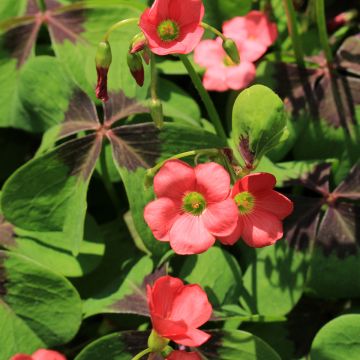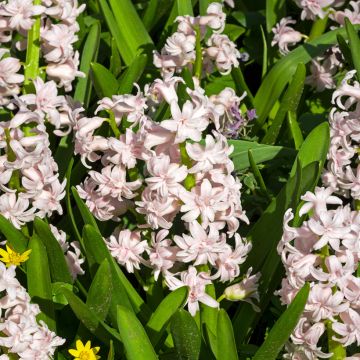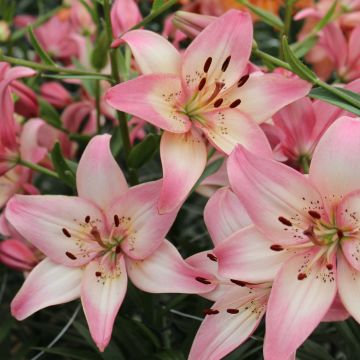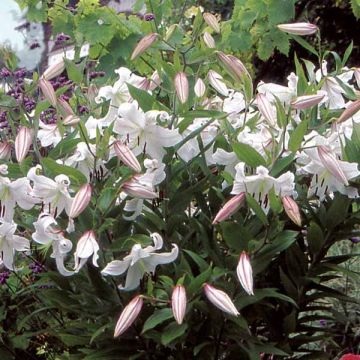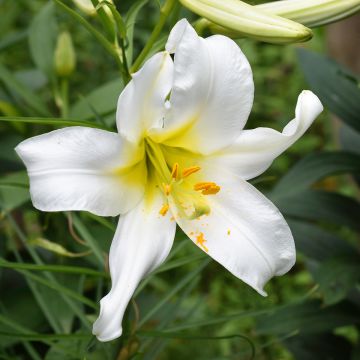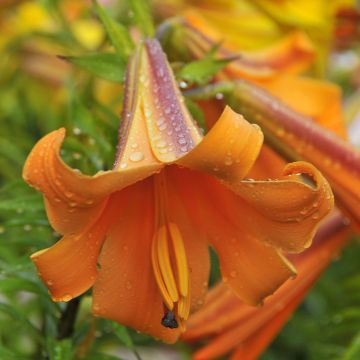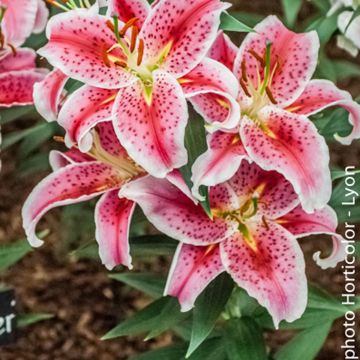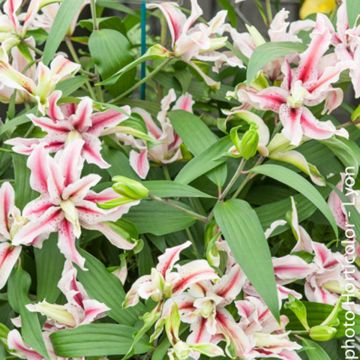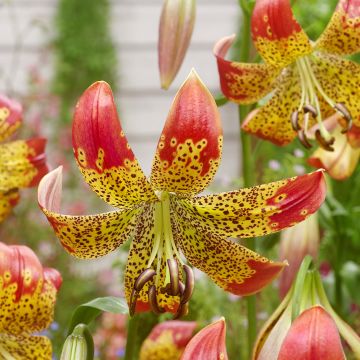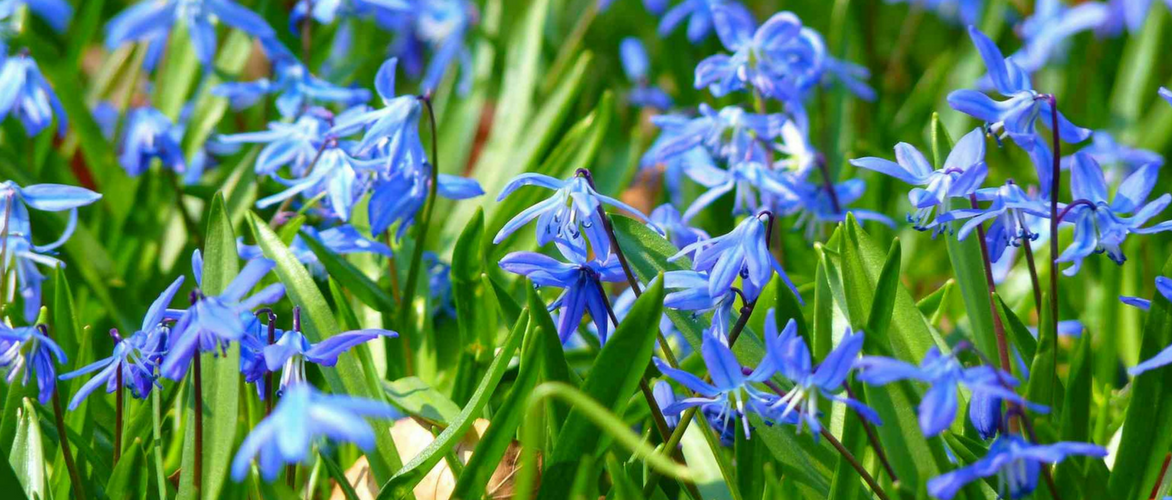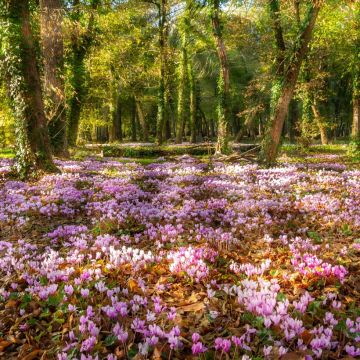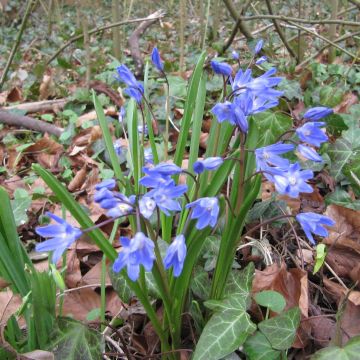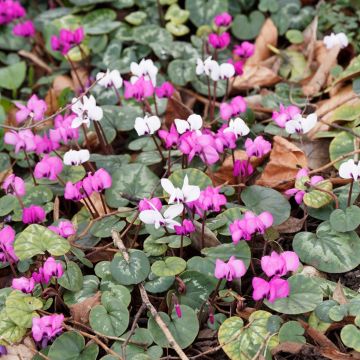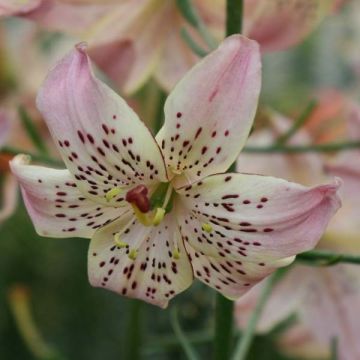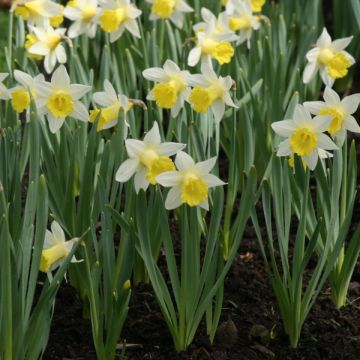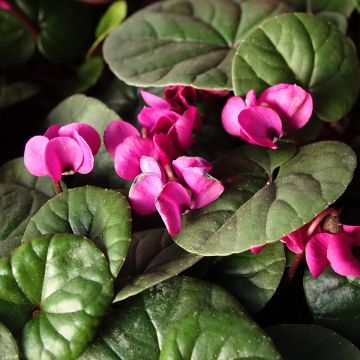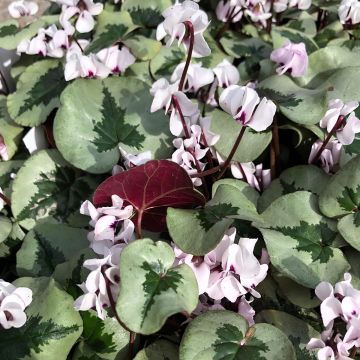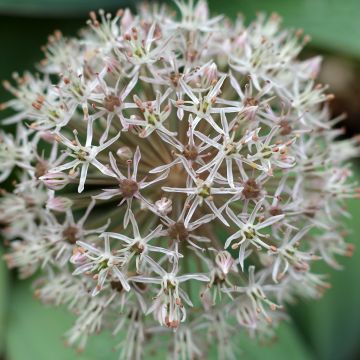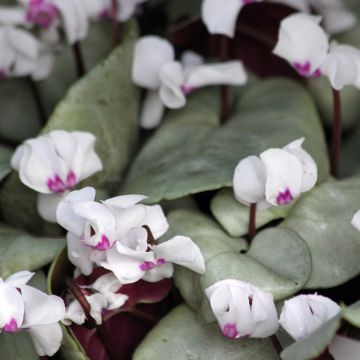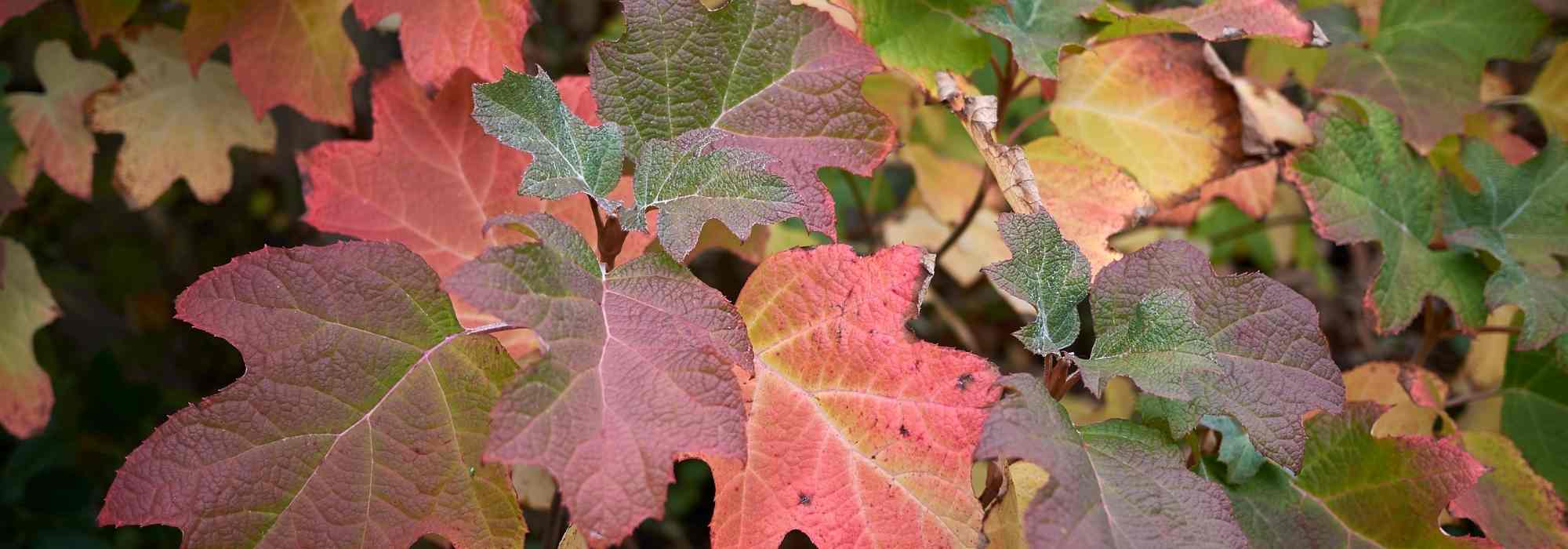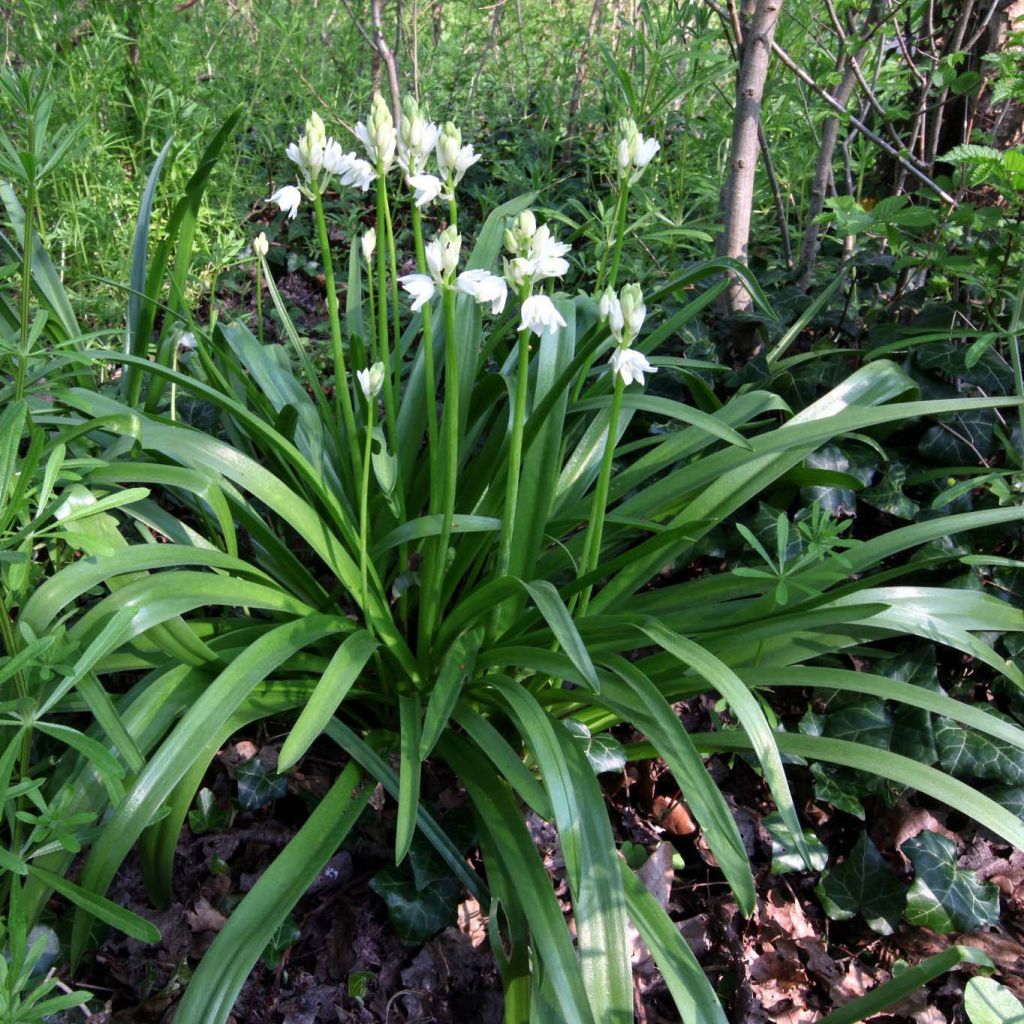

Hyacinthoides non scripta Alba - Scille nutans Blanche


Hyacinthoides non scripta Alba - Scille nutans Blanche
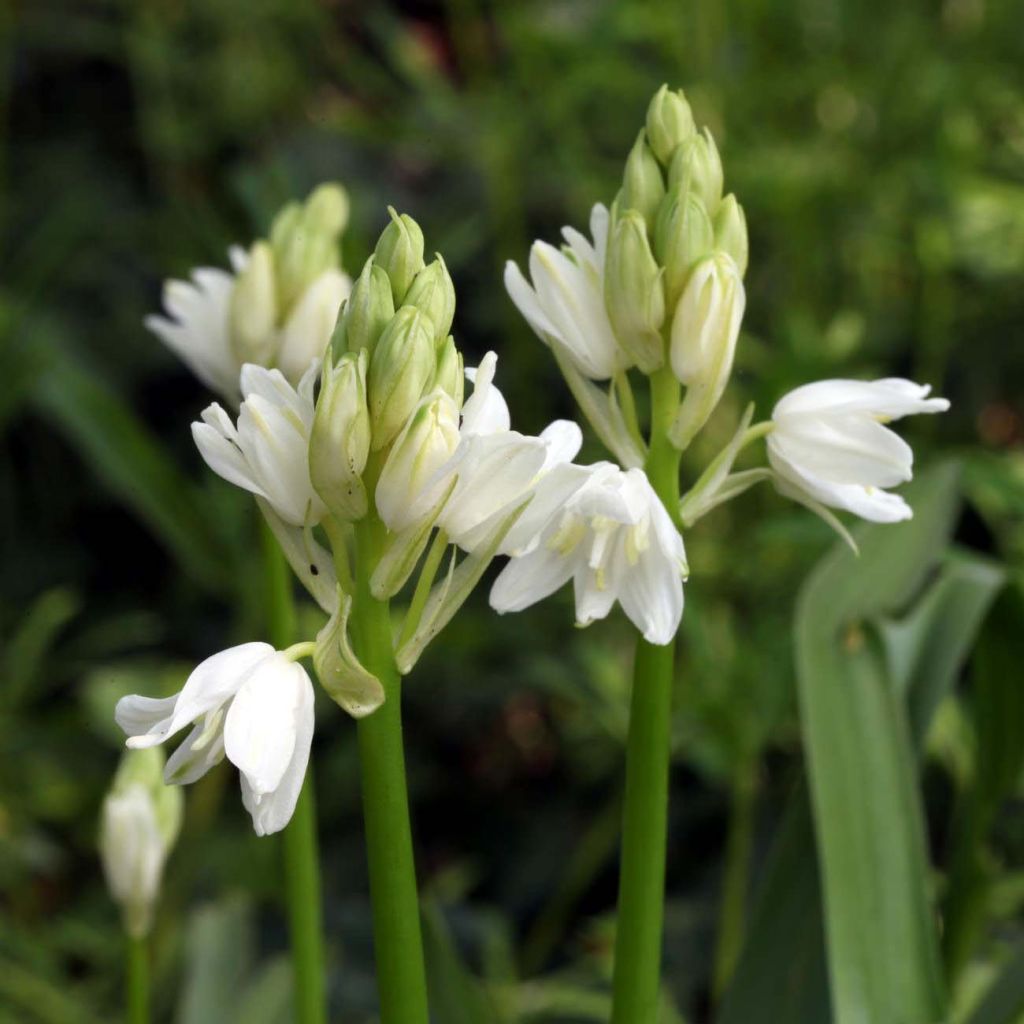

Hyacinthoides non scripta Alba - Scille nutans Blanche
Hyacinthoides non-scripta Alba
Hyacinthoides non-scripta Alba
Common Bluebell, English Bluebell
It yielded nothing in my garden.
LB, 16/08/2023
Special offer!
Receive a €20 voucher for any order over €90 (excluding delivery costs, credit notes, and plastic-free options)!
1- Add your favorite plants to your cart.
2- Once you have reached €90, confirm your order (you can even choose the delivery date!).
3- As soon as your order is shipped, you will receive an email containing your voucher code, valid for 3 months (90 days).
Your voucher is unique and can only be used once, for any order with a minimum value of €20, excluding delivery costs.
Can be combined with other current offers, non-divisible and non-refundable.
Why not try an alternative variety in stock?
View all →This plant carries a 6 months recovery warranty
More information
We guarantee the quality of our plants for a full growing cycle, and will replace at our expense any plant that fails to recover under normal climatic and planting conditions.
Would this plant suit my garden?
Set up your Plantfit profile →
Description
The Hyacinthoides non scripta Alba, also known as the white Scilla nutans, is the rare white-flowered version of the Wood Hyacinth, the lovely bulbous plant that blooms with bluebells in our cool undergrowth in April. Very easy to grow in cool soil and climate, it stays in place and naturalizes, forming beautiful colonies over the years, very bright in spring in the semi-shaded areas of the garden, including under deciduous trees.
The Hyacinthoides non scipta, from the Hyacinthaceae family, is sometimes called 'leaning scilla', 'little hyacinth' or 'leaning endymion'. It is a perennial herbaceous plant by its bulb. It is native to the undergrowth of Western Europe, including central and western France. This forest botanical species is accustomed to cool, humus-rich, and siliceous soils, but it is easily cultivated in a well-prepared garden soil. The 'Alba' form is extremely rare in nature. Its storage organ is an ovoid bulb covered with a tunic. The vegetation emerges from the ground in spring; the bulb produces a clump of long and narrow upright basal leaves, shiny, and bright green. With rapid growth, this nodding scilla reaches about 30 cm (12in) in height and spreads laterally by producing numerous daughter bulbs. Flowering occurs in April-May. Fleshy stems emerge from the foliage, bearing on their curved end a cluster of small semi-pendulous white bell-shaped flowers, all arranged on the same side of the stem. This slightly fragrant flowering is attractive to bees as it provides nectar. The flowers are followed by capsules containing seeds that easily germinate in the following spring.
The white Scilla nutans is a charming wild plant; over time, it forms wonderful flower carpets under deciduous trees, in clearings and in semi-shaded areas of the garden. It is best to give it a slightly neglected corner because when it is happy, which is often the case, this little bulbous plant spreads and naturalizes to our great pleasure. It naturally associates with its blue or pink varieties, narcissus, hepaticas, hellebores, and wood anemone.
Hyacinthoides non-scripta Alba in pictures
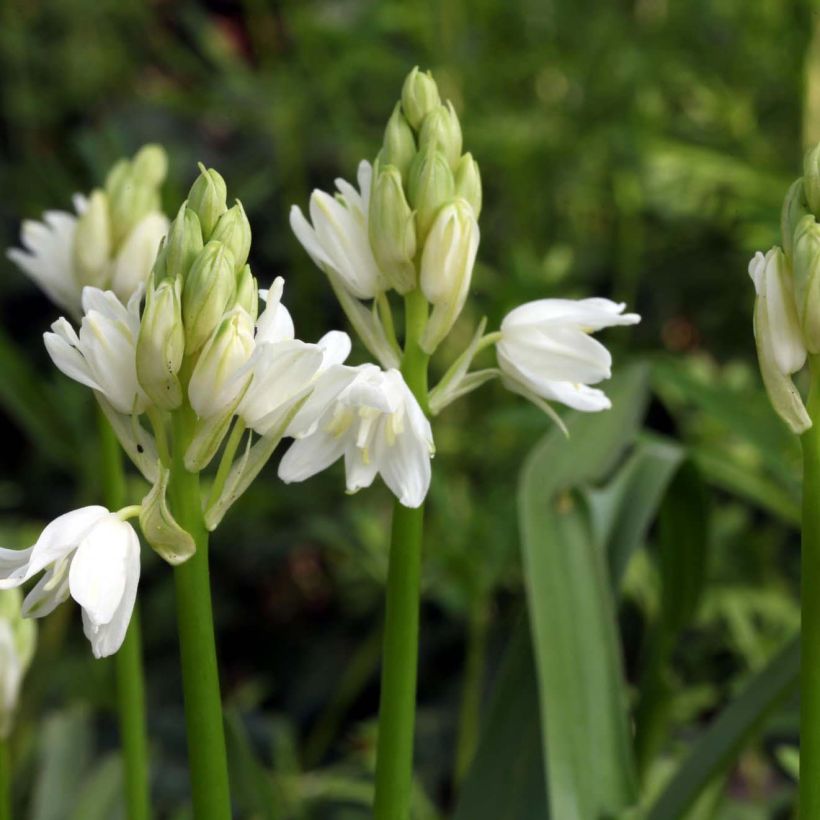

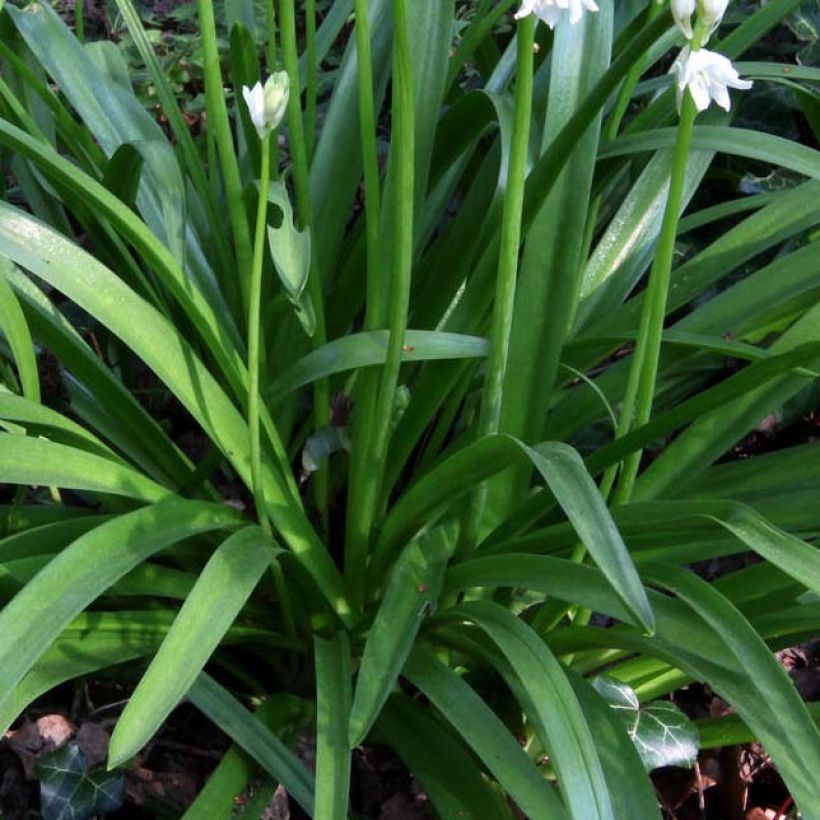

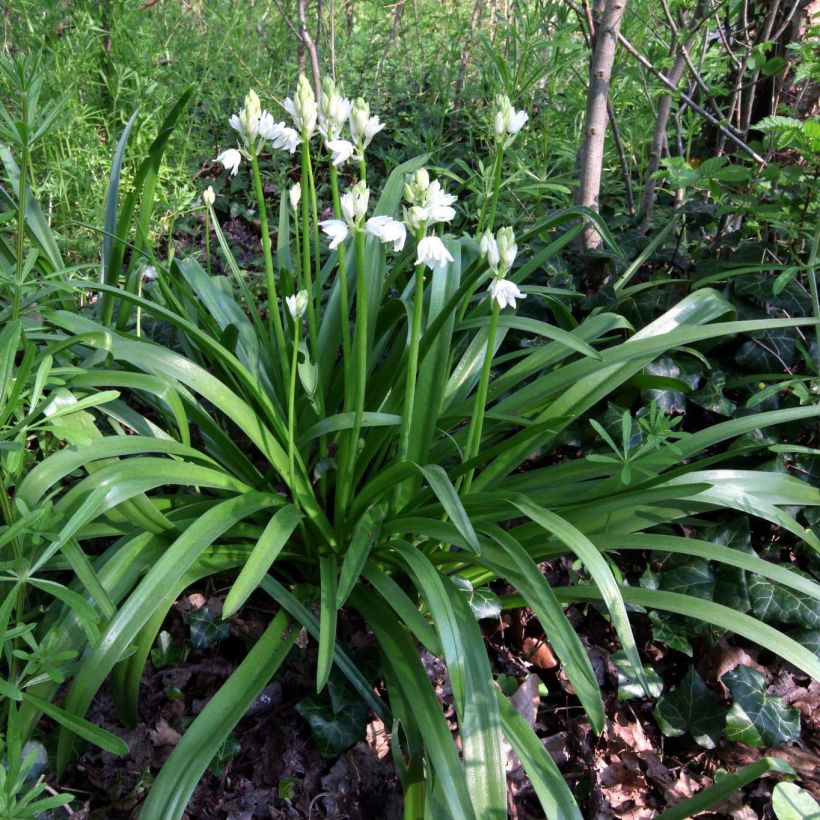

Plant habit
Flowering
Foliage
Botanical data
Hyacinthoides
non-scripta
Alba
Hyacinthaceae
Common Bluebell, English Bluebell
Western Europe
Other Spring bulbs A to Z
View all →Planting and care
The nutans squill appreciates relatively humid and cool climates, it thrives in most of our regions, except in the south, which is too dry and too hot. Offer it a good garden soil, loosened and enriched with leaf compost, which will remain slightly fresh in summer. Choose a sunny exposure in the morning, partially shaded, or even shaded. Plant it in clumps of 3 to 5, covered with 8 cm (3in) of good soil along borders of lawns, flower beds, at the base of trees, spaced 10 cm (4in) apart. The plants easily multiply once they are established. This native plant has no enemies in our gardens.
Planting period
Intended location
Care
Planting & care advice
-
, onOrder confirmed
Reply from on Promesse de fleurs
Haven't found what you were looking for?
Hardiness is the lowest winter temperature a plant can endure without suffering serious damage or even dying. However, hardiness is affected by location (a sheltered area, such as a patio), protection (winter cover) and soil type (hardiness is improved by well-drained soil).

Photo Sharing Terms & Conditions
In order to encourage gardeners to interact and share their experiences, Promesse de fleurs offers various media enabling content to be uploaded onto its Site - in particular via the ‘Photo sharing’ module.
The User agrees to refrain from:
- Posting any content that is illegal, prejudicial, insulting, racist, inciteful to hatred, revisionist, contrary to public decency, that infringes on privacy or on the privacy rights of third parties, in particular the publicity rights of persons and goods, intellectual property rights, or the right to privacy.
- Submitting content on behalf of a third party;
- Impersonate the identity of a third party and/or publish any personal information about a third party;
In general, the User undertakes to refrain from any unethical behaviour.
All Content (in particular text, comments, files, images, photos, videos, creative works, etc.), which may be subject to property or intellectual property rights, image or other private rights, shall remain the property of the User, subject to the limited rights granted by the terms of the licence granted by Promesse de fleurs as stated below. Users are at liberty to publish or not to publish such Content on the Site, notably via the ‘Photo Sharing’ facility, and accept that this Content shall be made public and freely accessible, notably on the Internet.
Users further acknowledge, undertake to have ,and guarantee that they hold all necessary rights and permissions to publish such material on the Site, in particular with regard to the legislation in force pertaining to any privacy, property, intellectual property, image, or contractual rights, or rights of any other nature. By publishing such Content on the Site, Users acknowledge accepting full liability as publishers of the Content within the meaning of the law, and grant Promesse de fleurs, free of charge, an inclusive, worldwide licence for the said Content for the entire duration of its publication, including all reproduction, representation, up/downloading, displaying, performing, transmission, and storage rights.
Users also grant permission for their name to be linked to the Content and accept that this link may not always be made available.
By engaging in posting material, Users consent to their Content becoming automatically accessible on the Internet, in particular on other sites and/or blogs and/or web pages of the Promesse de fleurs site, including in particular social pages and the Promesse de fleurs catalogue.
Users may secure the removal of entrusted content free of charge by issuing a simple request via our contact form.
The flowering period indicated on our website applies to countries and regions located in USDA zone 8 (France, the United Kingdom, Ireland, the Netherlands, etc.)
It will vary according to where you live:
- In zones 9 to 10 (Italy, Spain, Greece, etc.), flowering will occur about 2 to 4 weeks earlier.
- In zones 6 to 7 (Germany, Poland, Slovenia, and lower mountainous regions), flowering will be delayed by 2 to 3 weeks.
- In zone 5 (Central Europe, Scandinavia), blooming will be delayed by 3 to 5 weeks.
In temperate climates, pruning of spring-flowering shrubs (forsythia, spireas, etc.) should be done just after flowering.
Pruning of summer-flowering shrubs (Indian Lilac, Perovskia, etc.) can be done in winter or spring.
In cold regions as well as with frost-sensitive plants, avoid pruning too early when severe frosts may still occur.
The planting period indicated on our website applies to countries and regions located in USDA zone 8 (France, United Kingdom, Ireland, Netherlands).
It will vary according to where you live:
- In Mediterranean zones (Marseille, Madrid, Milan, etc.), autumn and winter are the best planting periods.
- In continental zones (Strasbourg, Munich, Vienna, etc.), delay planting by 2 to 3 weeks in spring and bring it forward by 2 to 4 weeks in autumn.
- In mountainous regions (the Alps, Pyrenees, Carpathians, etc.), it is best to plant in late spring (May-June) or late summer (August-September).
The harvesting period indicated on our website applies to countries and regions in USDA zone 8 (France, England, Ireland, the Netherlands).
In colder areas (Scandinavia, Poland, Austria...) fruit and vegetable harvests are likely to be delayed by 3-4 weeks.
In warmer areas (Italy, Spain, Greece, etc.), harvesting will probably take place earlier, depending on weather conditions.
The sowing periods indicated on our website apply to countries and regions within USDA Zone 8 (France, UK, Ireland, Netherlands).
In colder areas (Scandinavia, Poland, Austria...), delay any outdoor sowing by 3-4 weeks, or sow under glass.
In warmer climes (Italy, Spain, Greece, etc.), bring outdoor sowing forward by a few weeks.































